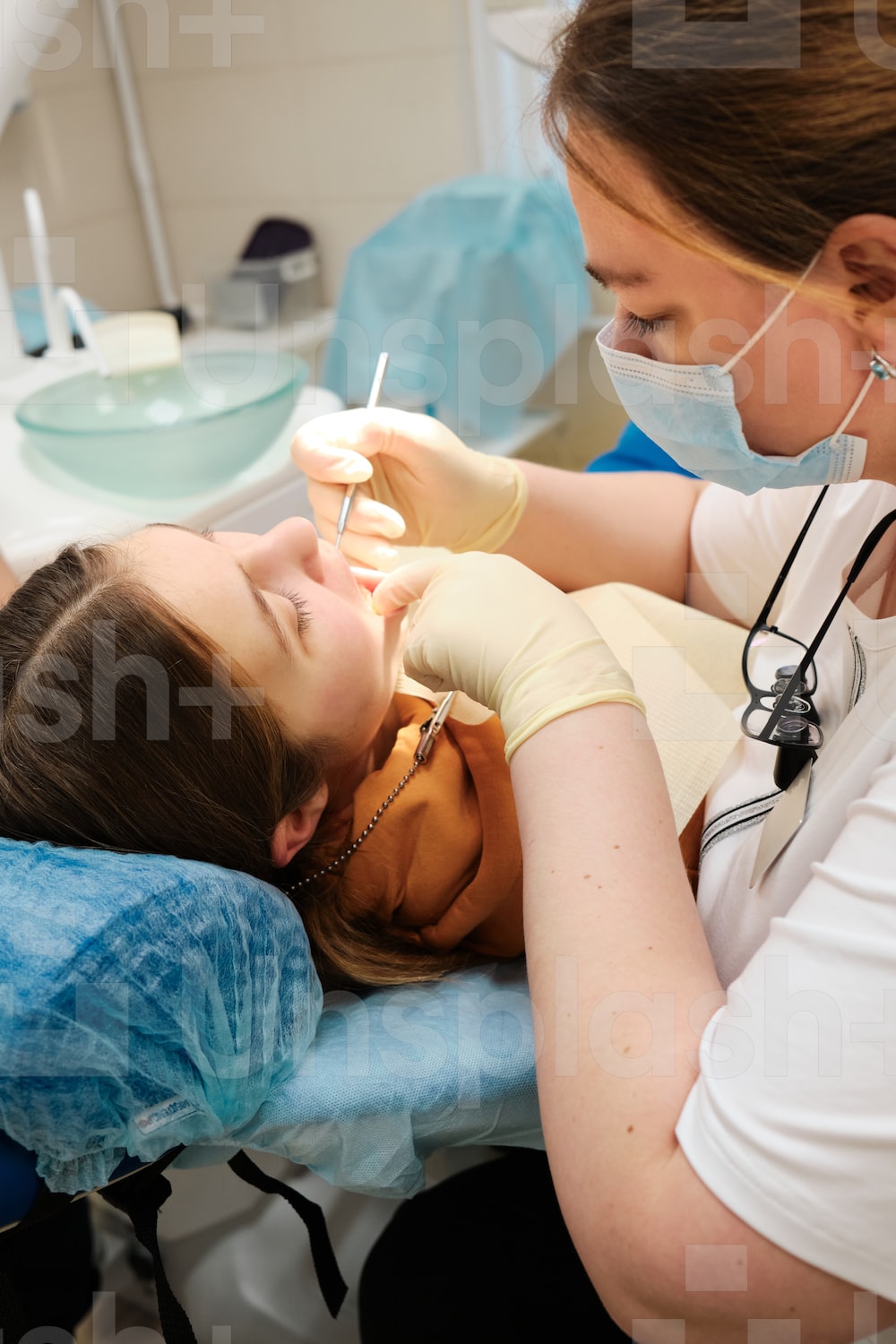Pediatric dental care is crucial for the overall health and development of children. Finding the right pediatric dentist for your child is essential to ensure they receive the best care possible. In this article, we will explore the top three common pediatric dental procedures, their benefits, and how to prepare your child for the procedure.
Importance of Pediatric Dental Care
Children need to understand the importance of dental hygiene from a young age and visit the dentist regularly. Pediatric dentists specialize in treating children and adolescents, and they have the necessary training to handle their dental needs. Children who receive regular dental check-ups and treatment are more likely to have healthy teeth and gums, which can lead to better overall health in the long run.
Common Pediatric Dental Procedures
Dental exams and cleanings, dental fillings for cavities, and pediatric dental crowns are among the most common pediatric dental procedures.
Dental Exams & Cleanings
Dental exams and cleanings are common pediatric dental procedures because they help maintain good oral health and prevent dental problems from developing. Regular dental check-ups are recommended for children from an early age to establish good dental habits and ensure their teeth and gums are developing properly.
During a dental exam, a pediatric dentist will check for any signs of tooth decay, gum disease, or other oral health issues. They may also take X-rays to check for any underlying problems that may not be visible during a visual exam. By detecting problems early, dental issues can be addressed before they become more serious and require more extensive treatment.
Cleanings are also an important part of maintaining good oral health. Even with regular brushing and flossing, plaque and tartar can still build up on teeth, leading to decay and gum disease. Pediatric dentists use specialized tools to clean and polish teeth, removing any buildup and helping to prevent future dental problems.
Dental Fillings for Cavities
Children are susceptible to cavities due to various factors, including poor oral hygiene, sugary diets, and irregular dental check-ups. As a result, cavities have become a common dental issue among children, making dental fillings the most common treatment option. During the procedure, the dentist will remove the decayed part of the tooth and fill it with a material such as composite resin or amalgam. This treatment is crucial to prevent the cavity from spreading and causing further damage to the tooth. They may also use sedation or anesthesia to help keep the child comfortable during the procedure.
Pediatric Dental Crowns
Pediatric dental crowns restore damaged or decayed teeth that cannot be fixed with a filling. The crown is a cap that covers the entire tooth, protecting it from further damage and restoring its shape and function. In children, dental crowns may be used to treat teeth that are severely decayed, damaged due to injury, or have undergone a root canal. They may also be used to protect baby teeth at risk of further decay or address cosmetic concerns.
They are often preferred over other dental treatments because they are a more conservative option. They allow the dentist to preserve as much of the natural tooth as possible while restoring its function and appearance. Crowns for children are typically made of durable materials such as stainless steel, zirconia, or ceramic. The dentist will carefully choose the appropriate material based on the location and severity of the dental issue.
Preparing Your Child for a Pediatric Dental Procedure
Pediatric dental procedures can be scary for children, but there are ways to make the experience less intimidating. It’s important to explain to your child what will happen during the procedure and reassure them that the dentist is there to help them. You can also bring their favourite toy or book to the appointment to help them feel more comfortable.
It’s also essential to choose a pediatric dentist who specializes in treating children and has experience working with anxious or fearful patients. A good pediatric dentist will take the time to explain the procedure to you and your child, answer any questions you may have, and provide a comfortable and welcoming environment.
Pediatric dental care is essential for maintaining healthy teeth and gums and preventing dental issues from becoming more severe. Dental exams and cleanings, dental fillings for cavities, and pediatric dental crowns are among the most common pediatric dental procedures. Early intervention and treatment can help prevent dental issues from becoming more complex to treat. Preparing your child for the procedure and choosing the right pediatric dentist can make the experience less intimidating and ensure that your child receives the best care possible.

